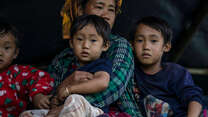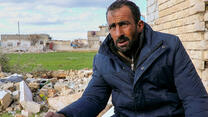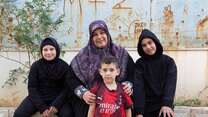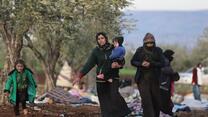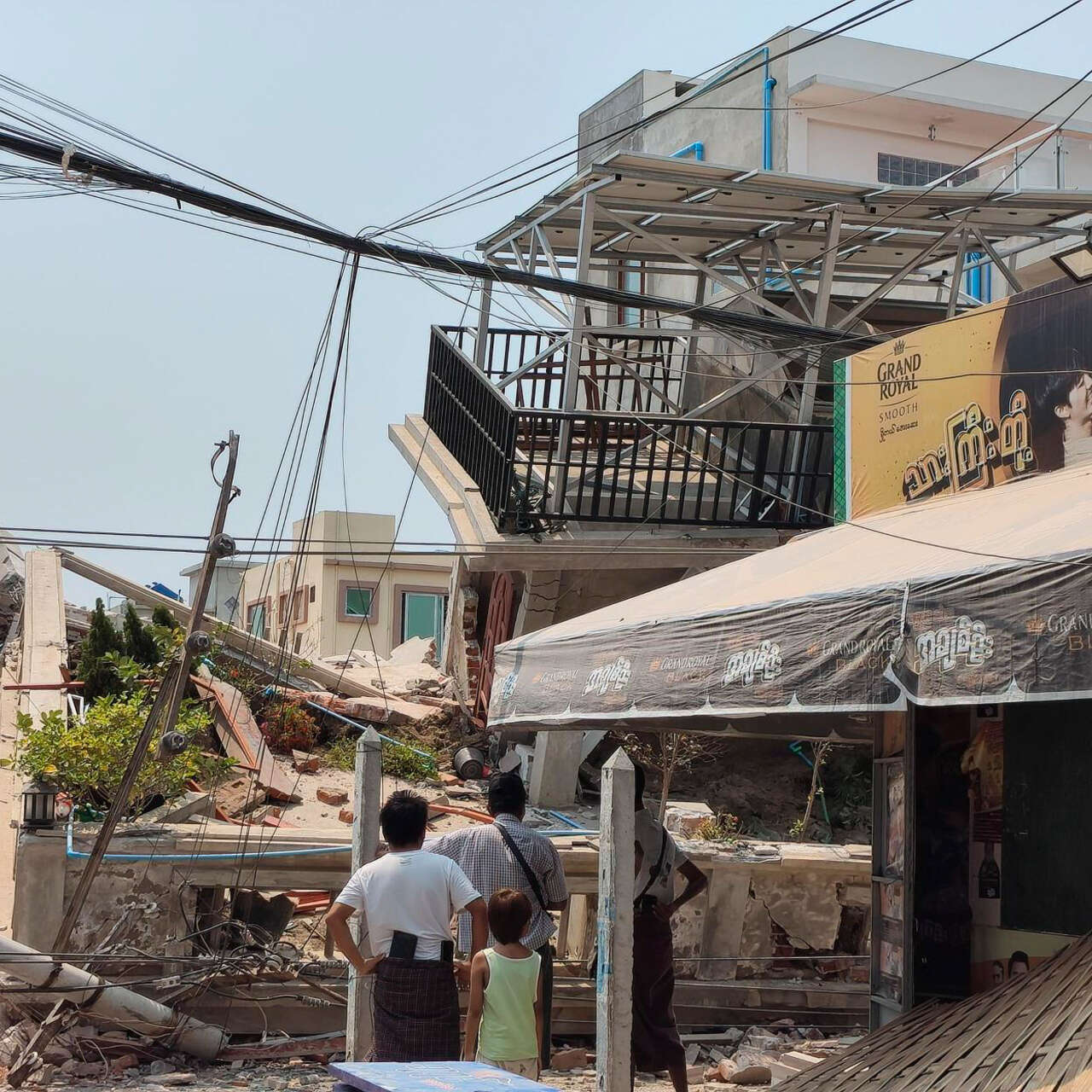
A major earthquake has devastated communities in Myanmar and sent shockwaves through the region, impacting Thailand and Bangladesh. IRC teams are on the ground delivering urgent support to survivors. Our teams report staggering humanitarian needs.
Survivors urgently need medical care, clean drinking water, tents, food and other basic necessities.
What are the impacts of the earthquake in Myanmar?
On March 28, 2025, a major 7.7 magnitude earthquake struck central Myanmar, near Mandalay. Minutes later a second 6.4 magnitude earthquake hit, followed by several powerful aftershocks. Due to the earthquake’s shallow depth, destruction spread across the region, including in neighboring Thailand and Bangladesh. Myanmar’s government has declared a state of emergency in six regions.
While the death toll has reportedly exceeded 2,800, with thousands more injured, the full extent of casualties and displacement remains uncertain, and it may be weeks before we understand the full extent of the destruction.
IRC teams are reporting staggering humanitarian needs. Survivors urgently require medical care, clean drinking water, tents, food and other basic necessities. The trauma and shock triggered by the earthquake have created a need for mental health support.
First responders face a number of challenges. Road damage, debris and landslides are limiting humanitarian access and movement. Communications are severely impacted with landline, mobile, and internet networks shut down as electricity systems have been seriously damaged.
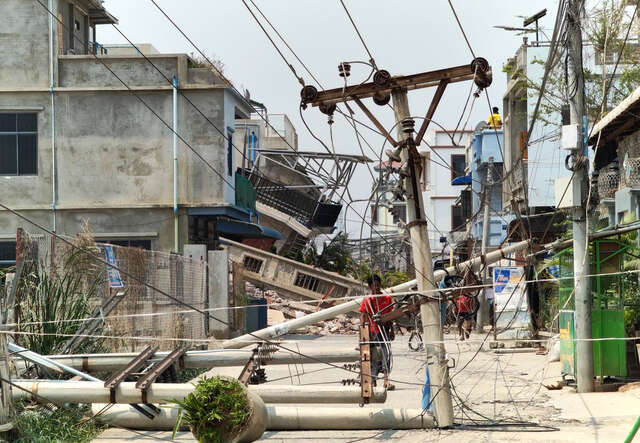
Hospitals are overwhelmed
Hospitals in Mandalay, Myanmar are overwhelmed, with many people forced to wait outside for treatment. Damage to power supplies has led to widespread electricity outages, further straining medical facilities already affected by the earthquake. With limited resources, many survivors are unable to access medical treatment.
Meanwhile, disruptions to water and sanitation systems have increased the risk of water-borne disease outbreaks, like cholera. Seasonal water shortages are expected to further strain access to clean water as temperatures surpass 104°F (40°C).
An IRC staff member reports from Mandalay, Myanmar:
Hospitals are overwhelmed with trauma cases, and many hospital buildings are unusable. Patients are being treated on beds placed outside due to fears of buildings collapsing. However, beyond emergency cases, people are unable to prioritize their health as they struggle to meet their basic survival needs.
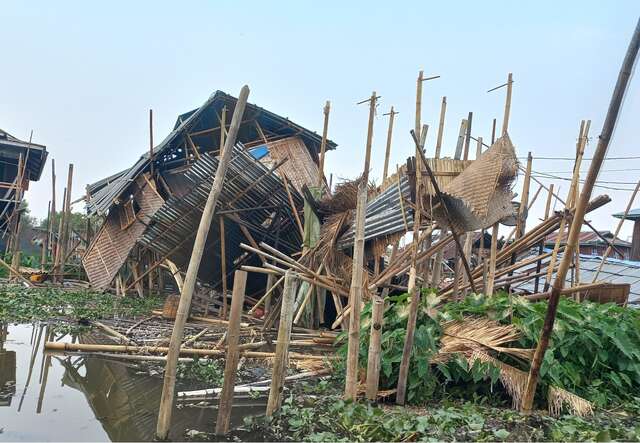
Earthquake accelerates Myanmar’s existing humanitarian crisis
This earthquake has deepened the existing humanitarian crisis in Myanmar. Prior to the earthquake, 19.9 million people in Myanmar already needed urgent humanitarian assistance and 3.5 million people had been displaced from their homes due to violent conflict.
Myanmar ranked third on the IRC’s 2025 Emergency Watchlist of countries most likely to experience a deteriorating humanitarian crisis.
How is the IRC responding?
An IRC mobile medical health team is on the ground in Mandalay, coordinating with the local authorities to deliver delivering essential medicine and life-saving aid to earthquake survivors. IRC partners are distributing essential support to the earthquake-hit communities, including water, hygiene kits and critical medical assistance.

How can I help Myanmar?
The IRC is responding to the critical needs of communities impacted by the earthquake in Myanmar. However, Myanmar’s humanitarian funding plan remains dangerously underfunded. Donations are urgently needed to scale up the emergency response in Myanmar.
Learn more about how you can help the IRC continue our mission.
Get connected: Follow our Instagram, LinkedIn, Facebook, Bluesky and X accounts.
What is the International Rescue Committee?
The IRC helps people affected by humanitarian crises to survive, recover and rebuild their lives. For over 90 years, we’ve provided humanitarian aid and long-term support to people affected by conflict, disaster and displacement.
